Smartphones & Tablets | February 17, 2024
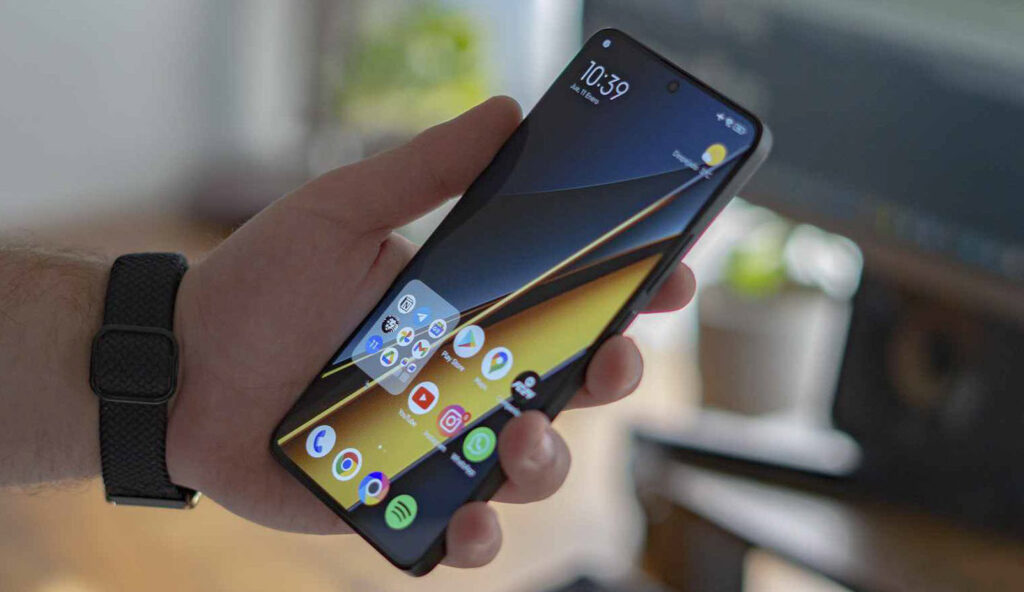
Almost every year, the mid-range segment leads in sales compared to other segments. It’s not surprising, as the phones in this market space go beyond what entry-level offers while maintaining prices far from the over a thousand euros that a flagship phone might cost. POCO, Xiaomi’s sister company, is one of the companies that excels in this field.
The company closed 2023 with the launch of the POCO C65, a smartphone that, while basic, has been able to offer more than much of its competition in terms of features, and at a lower price. Now, the company has released the POCO X6 Pro, a phone that aims to take the throne of the highest tier of the mid-range, for which the company has chosen to market it with a base price of 349 euros.
This is the first release from the company that arrives in the market running HyperOS instead of MIUI, a change in software that Xiaomi wants to use to differentiate its phones more, without being disruptive or abandoning Android or Google services, but with a new roadmap for optimization and design. Had the opportunity to test this smartphone, and there’s much to tell.
It doesn’t come alone, as it has been launched alongside the POCO X6 and POCO M6 Pro. Both the standard version of this Pro model and the M6 Pro are devices that are positioned in lower steps of the mid-range and also aim to stand out for their good price-quality ratio.
If there’s an aspect where you can see the evolution that this POCO device family has undergone over the years, it’s the design. Differences are visible on the back compared to last year’s POCO X5 Pro, and in this case, the Chinese company has also chosen to place the camera module at the top, but in this case, occupying more of the strip from side to side, creating two clearly differentiated zones.
It houses three photographic sensors, but to liven up the design, the LED flash is placed in a circle just like the cameras, so there are two rows with the same number, making the aesthetics more pleasant. Within this strip, you’ll also find the brand logo and a small indicator that reveals the camera resolution and the presence of optical image stabilization.
The rest of the back of the phone is free, except for the icons with the European certifications at the bottom. It has a slight curvature on the back that favors ergonomics and allows for comfortable one-handed use. The edges of the POCO X6 Pro are smooth, as is the case with many current phones. The model we tested is in black, which is quite sober, although it is also available in yellow and gray.
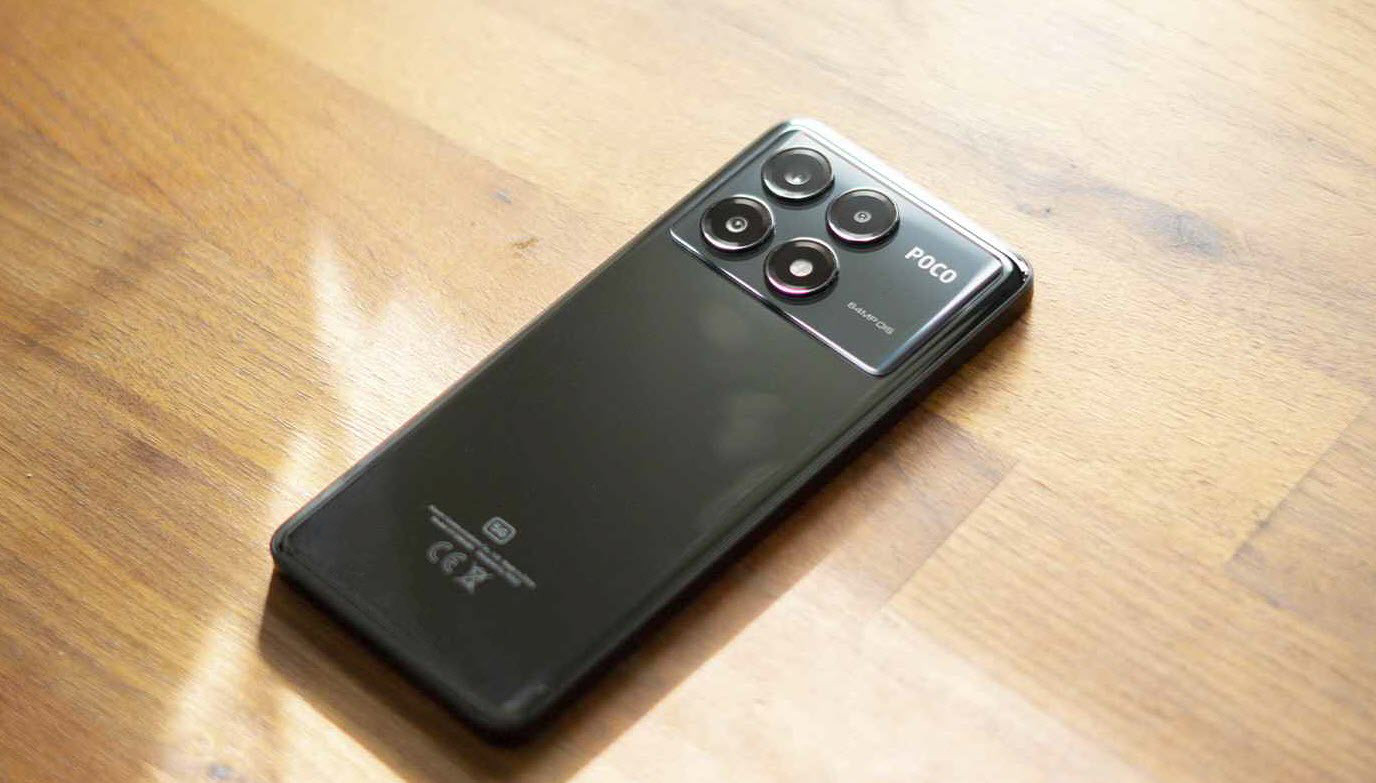
In this regard, POCO follows market trends, and it is a hit. On the right side are the power button and volume buttons, while at the top is one of the speakers and an infrared sensor, thanks to which it can be configured as a remote control for many devices using Xiaomi’s integrated app.
The company has given special attention to the phone’s display, and it shows. It has a fairly common size in the market, 6.67 inches, and this, combined with its 1.5K resolution, allows it to offer excellent performance with multimedia content. The maximum brightness is 1,800 nits, so when you go out on a sunny day, there won’t be a problem viewing the screen’s content. As an added bonus, it has a thin border that surrounds the panel, making the front very well-utilized.
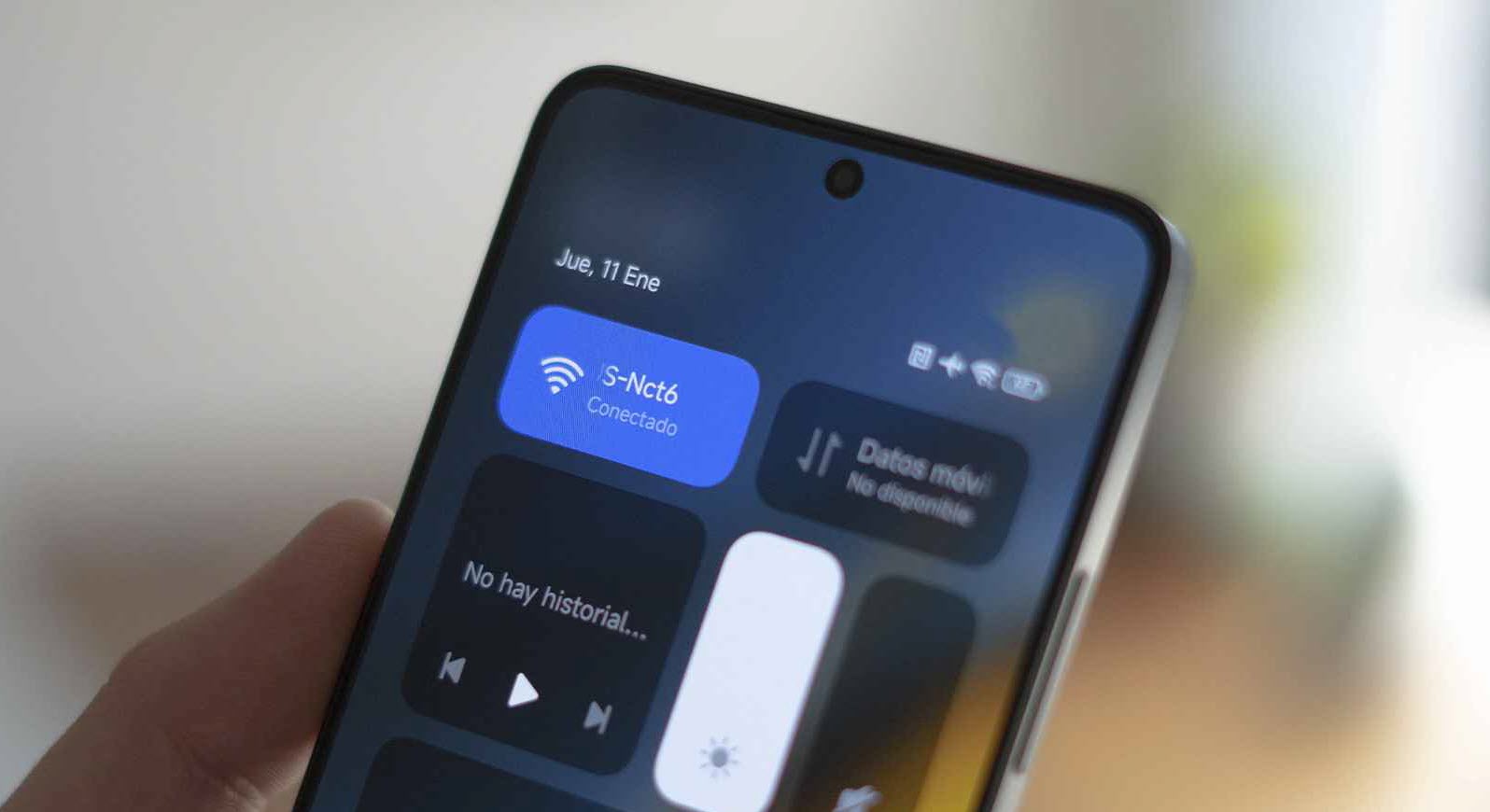
It is an AMOLED panel with CrystalRes technology, and truth be told, its colors are quite natural at first glance, something achieved through the “Pro” color scheme, which is selected by default in the settings. Each user can change this option according to their preferences, but this setting offers good calibration.
When it comes to gaming, its 120 Hz make for a very smooth movement, and the same happens when navigating through the interface. There’s the option to set the refresh rate level or choose the dynamic mode, which adjusts based on the task being performed. This option is recommended for energy efficiency.
The processor in the POCO X6 Pro is signed by MediaTek, it’s the Dimensity 8300-Ultra. It’s a manufacturer model that falls a step behind its high-end models but comes close in terms of efficiency and power. It is accompanied by 12 GB of RAM and 512 GB of storage in this model, although there is another with 8 GB of RAM and 256 GB of internal memory.
This combination is more than sufficient to meet the demands of almost any user today, and the good thing is that it will make the device not be too affected by the passage of years and the increase in application requirements. It has the ability to use virtual RAM of up to 8 GB. There’s the option to activate a high-performance mode that will make the phone use more raw power in exchange for slightly reducing its autonomy, something that can be helpful if there are moments when it takes longer to complete a task.
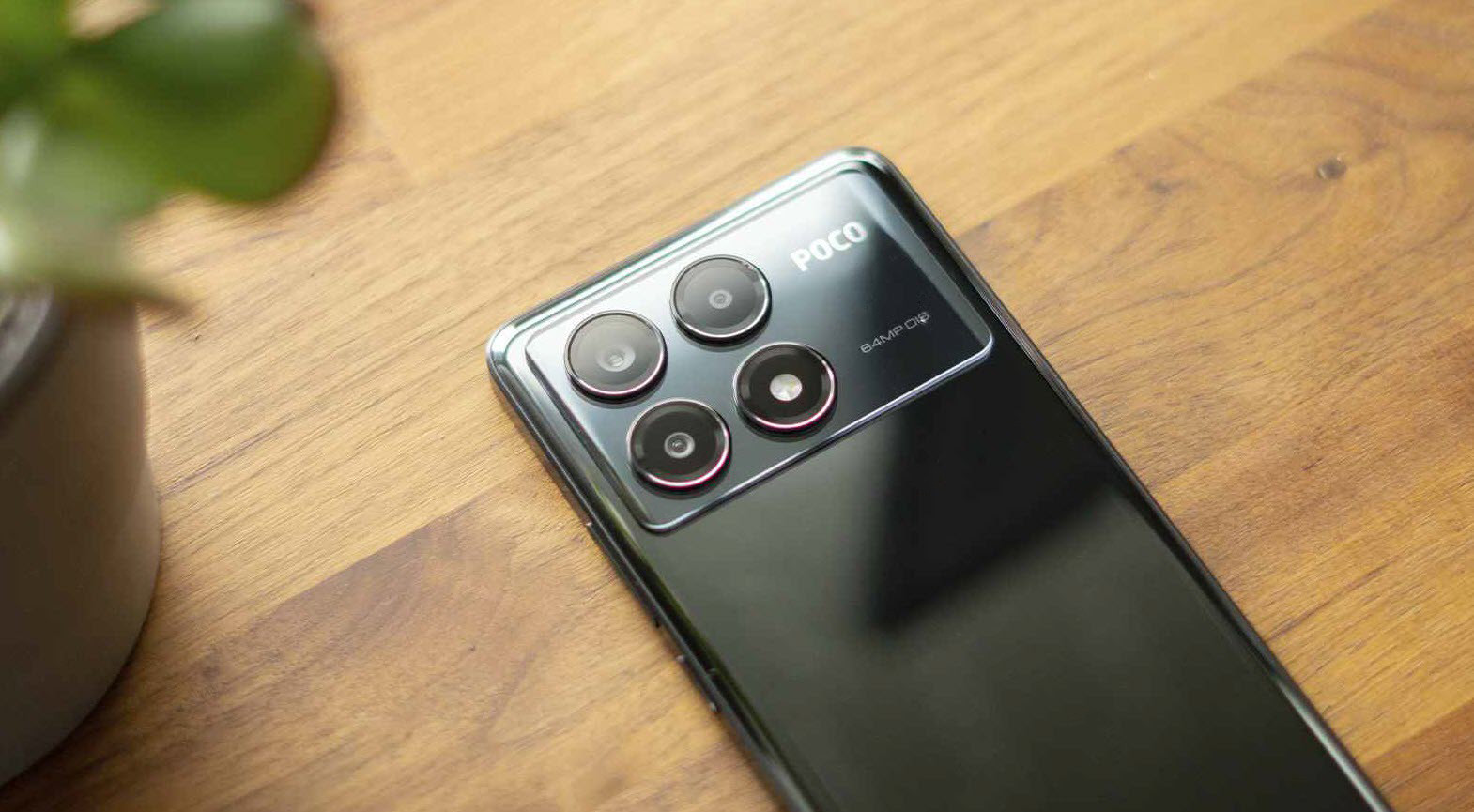
When playing demanding titles like Asphalt 9, it moves with great fluidity and is not one of those mid-range phones that runs slow when multitasking. This allows for downloads and other tasks to be carried out without the general speed of the system noticeably dropping. In terms of performance, it’s a good phone for demanding users, although logically there is some distance from alternatives that focus more on this aspect, such as the Redmagic 9 Pro and its Qualcomm Snapdragon 8 Gen 3.
With the arrival of HyperOS, the company did not want to break radically with MIUI, which is more of an evolution of what has been its customization layer for many years. There are some changes at the visual level, although the general aesthetic is similar to what it was before.
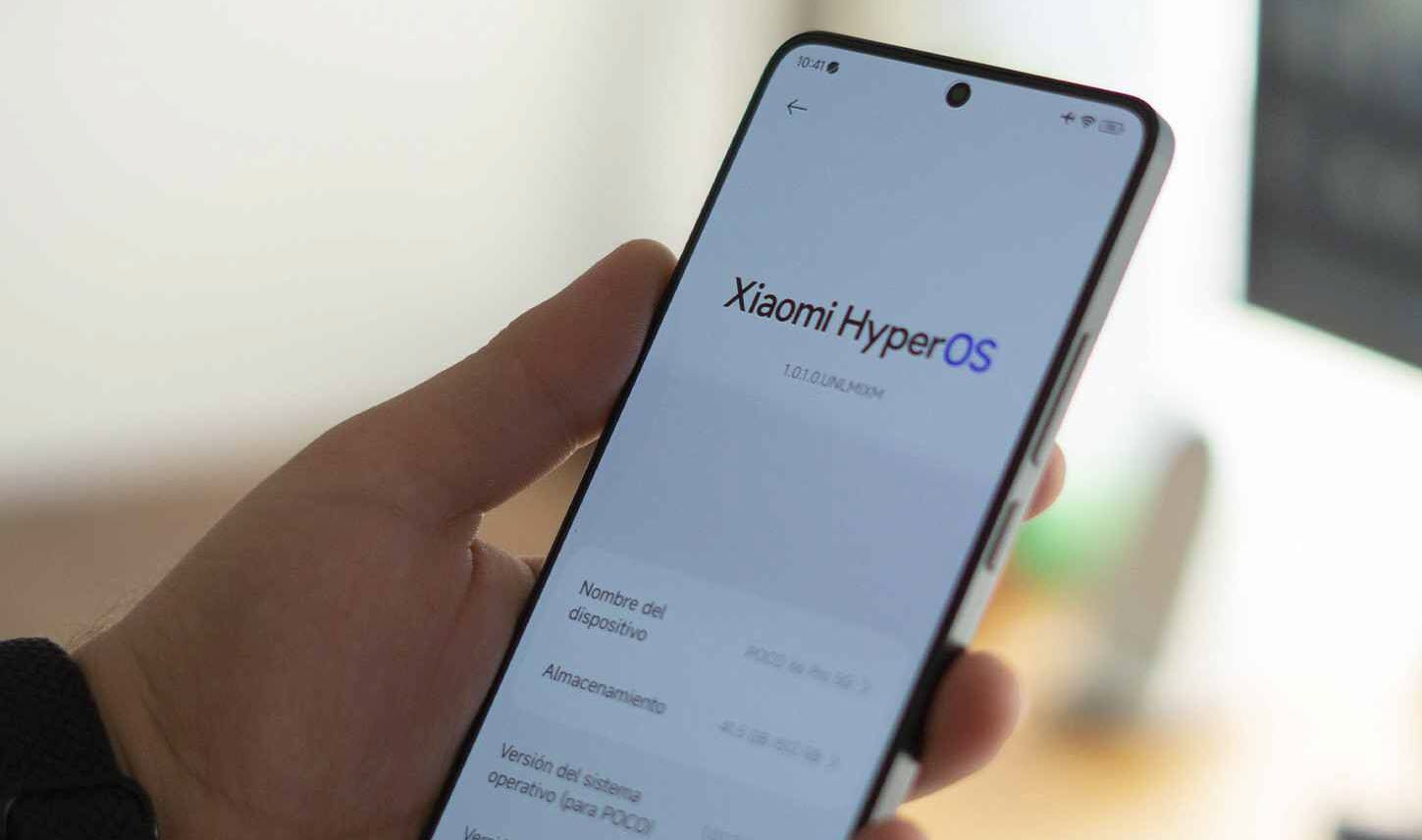
One of the most notable changes occurs in the notification shade, where it has been decided to separate notifications from quick settings again. These are located by default on the right side, and their appearance is somewhat reminiscent of how they look on iOS, with different types of checkboxes for each setting and the possibility of including multimedia and home automation controls.
On the other hand, some visual elements and sounds in the interface are also different, offering a slight sense of change. Still, the device settings offer a lot of possibilities for customizing elements such as the home or lock screen, so each user can enjoy the customization they prefer.
In phones that operate in this price range, the photographic section is not usually one of their strong points, and there are cases where it is noticeable that the brand has cut back a lot in this regard. However, this cannot be said of the POCO X6 Pro, which offers a great experience. It has three sensors, the main one being 64 MP, the wide-angle 8 MP, and the macro 2 MP.
Of all of them, the main one stands out, as it can offer a very suitable performance in daylight photography. When the object to be photographed is close, it maintains a high level of detail, and it does so naturally, without excessively raising the sharpness levels in processing, a resource that some phones often use to make their photos look better.

It also provides a good representation of color, and the portrait mode does not overuse the watercolor effect, so the results look natural. On the other hand, its complementary cameras do not stand out as much and are used for very specific photographs. In this regard, we always prefer the inclusion of a telephoto lens, but even so, they can be capable of taking good images. Despite this, its main sensor and the processing work that this device does make its camera recommendable.
The POCO X6 Pro is one of those quite complete phones that is very easy to recommend because of the many things it fulfills its purpose and even stands out. Its base version with 8 GB of RAM and 256 GB of storage starts at 349 euros, and it has a great price-quality ratio that makes it an attractive device for many types of users.
It is an ideal phone for people who want a powerful smartphone that can run games of all kinds, as it not only has no problem doing so but also works quite well. The same goes for other tasks like downloads, streaming playback, or reading.
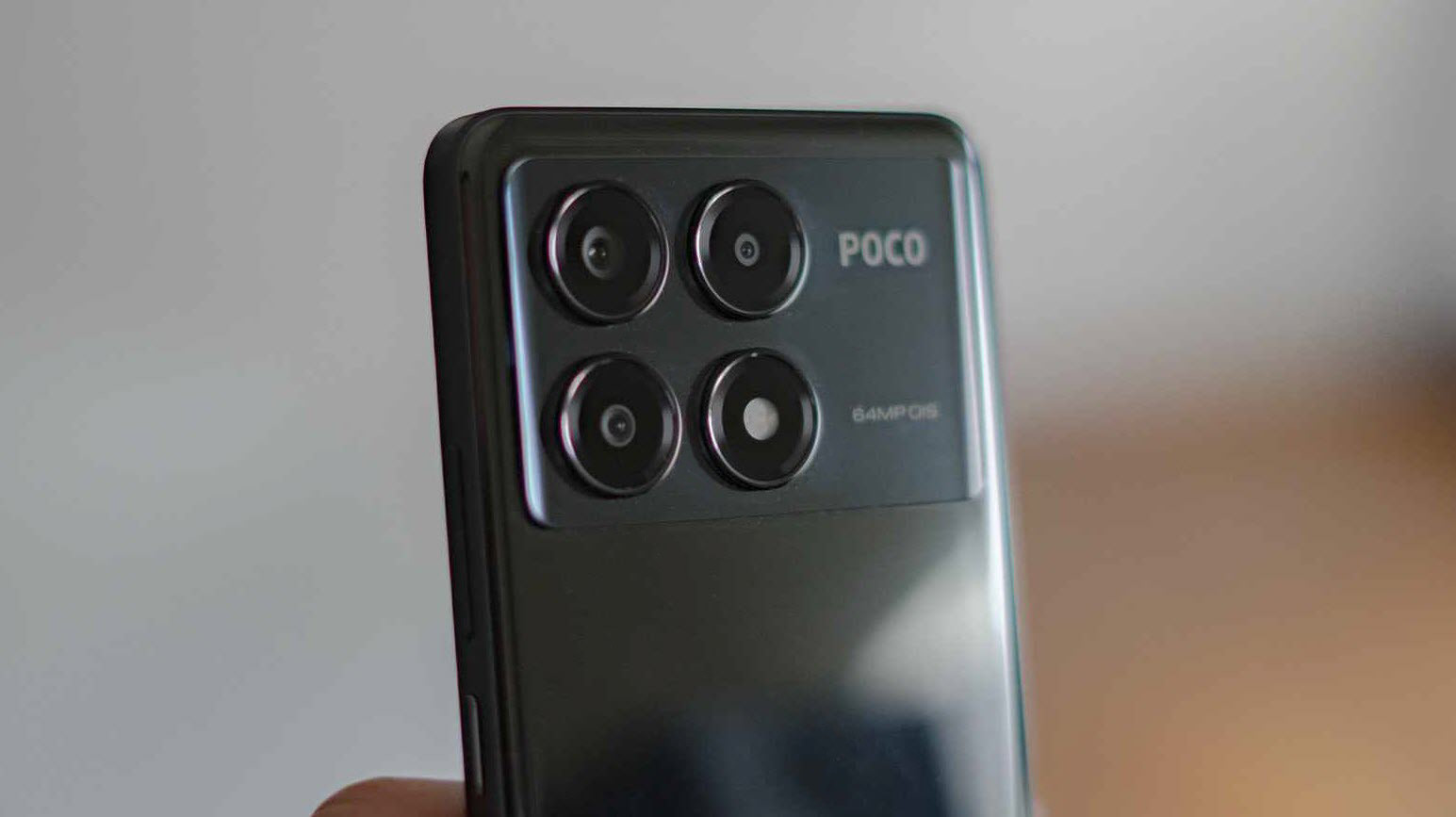
It can be a great option for those who seek good performance when consuming multimedia content on YouTube or their favorite streaming apps, for which its stereo dual-speaker system can also help, making the sound very competent.
In the photographic section, it does a good job thanks to its 64 MP main sensor, which is capable of capturing quite a lot of detail even in environments with less light, results that have pleasantly surprised us. In this regard, it has a great rival in the Google Pixel 7a. Without a doubt, the POCO X6 Pro is a great choice for all those users who want a balanced, powerful phone with good battery life and a very decent main camera, representing a significant step forward from the cheaper tier of the mid-range, in every way.
This newly launched device by the brand did not come alone. Alongside it, two other phones have arrived: the POCO X6 and POCO M6 Pro. The former is the base version of this device and presents some important differences from this device. The latter is an evolution of the POCO M5 that the company launched last year.
Starting with the POCO X6, it is a device that seeks to maintain the power level using the Qualcomm Snapdragon 7s Gen 2, one of the best chips from the American manufacturer. It incorporates a camera system composed of 64 MP, 8 MP, and 2 MP sensors, and has optical image stabilization to prevent videos and images from being shaky.
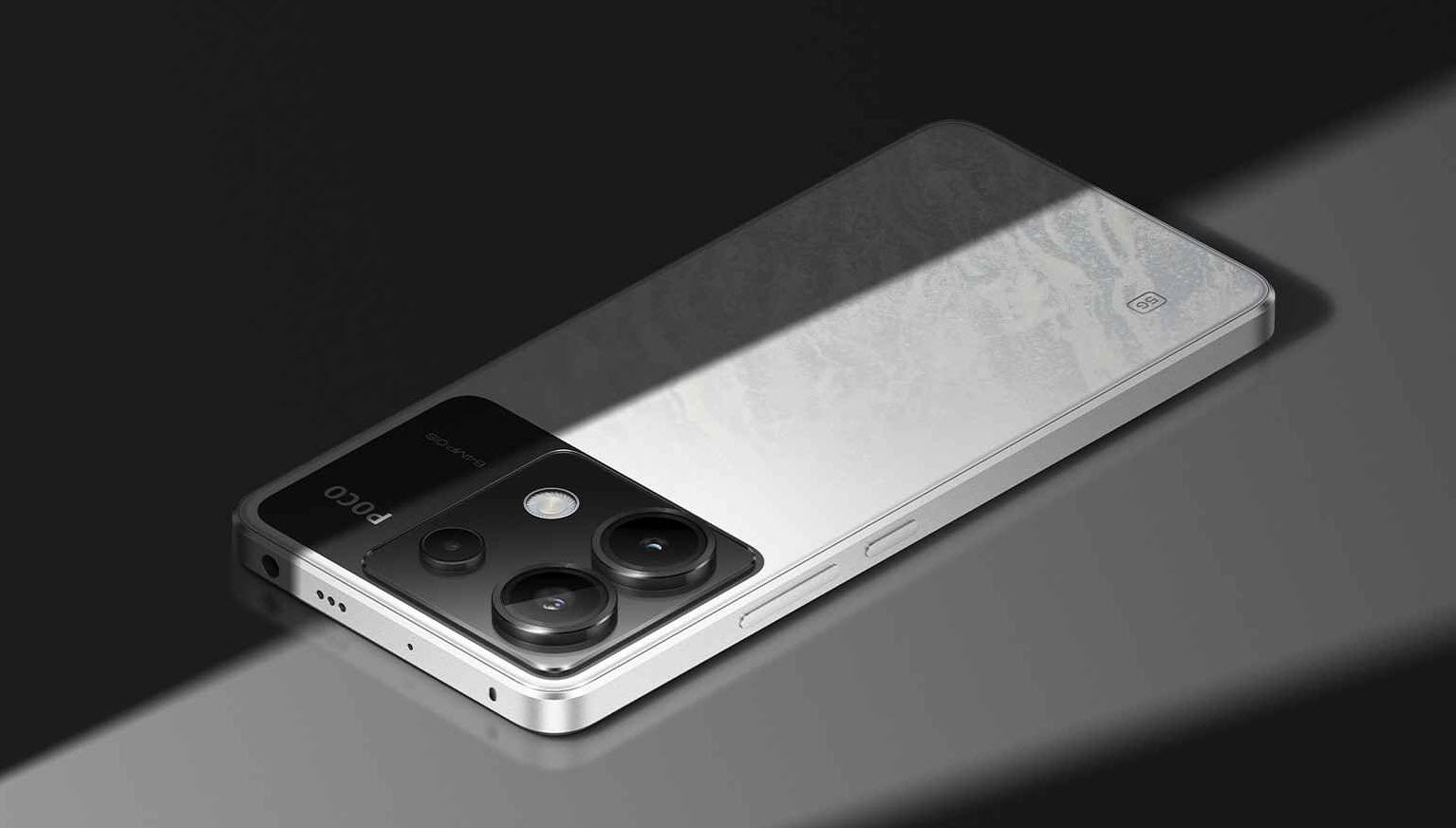
Its battery has a capacity of 5,100 mAh and promises to last all day without a problem, in addition to being compatible with 67W fast charging to charge in around 44 minutes, according to the company. Its version with 8 GB of RAM and 256 GB of storage is already available for 299.99 euros. The model with the same storage and 12 GB of RAM goes up to 329.99 euros, while the one with 12 GB of RAM and 512 GB of internal memory is priced at 369.99 euros. These last two can be obtained with a discount until January 17.
On the other hand, the POCO M6 Pro is a phone aimed at a slightly less demanding audience and features a MediaTek Helio G99-Ultra processor, which is complemented by a 6.67-inch Full HD+ AMOLED screen that promises good gaming performance. It shares some features with its siblings, such as 67W fast charging, the infrared sensor, or the camera setup of 64 MP, 8 MP, and 2 MP.
Its base version has 8 GB of RAM and 256 GB of storage and, in exchange for a more contained price of 229.99 euros. A quite affordable price that reveals the company’s ambition to conquer as many segments of the market as possible. The model with 12 GB of RAM and 512 GB of storage is priced at 259.99 euros but can be obtained with a 40 euros discount until January 17.